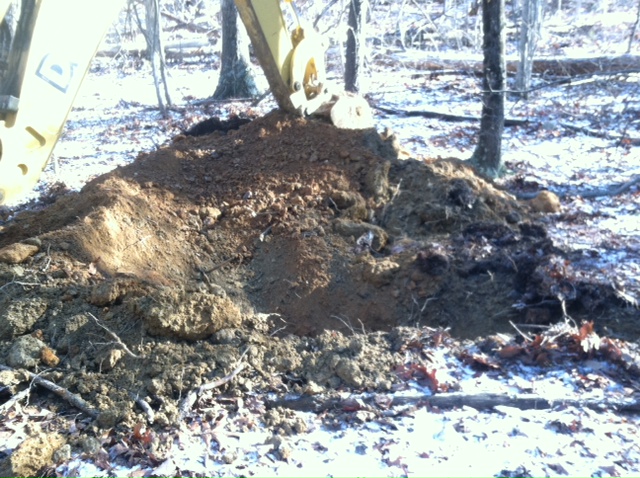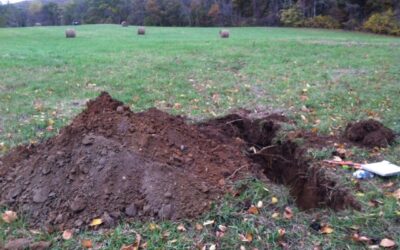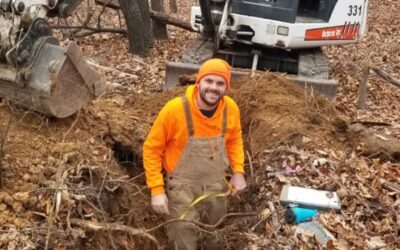Thinking about getting a septic system?
Well, the journey begins with a crucial step: the site and soil evaluation. It’s like the first date before deciding if you’re ready for a long-term relationship with your new onsite wastewater disposal buddy.
Imagine a consultant, like a detective, scouring your property and the neighbors’, gathering all the juicy details. They’re looking at the lay of the land, what your soil’s like, how far things are from each other, and even what you, the homeowner, prefer. It’s all about figuring out if your spot is the chosen one for treating and getting rid of wastewater safely and cleanly.
Now, when it comes to checking if your soil is septic system material, it’s not just a quick look-see. They actually dig into it, examining three to five soil profiles right where the system might go. And yep, in places like Northern Virginia and the Shenandoah Valley, they mostly use a backhoe for this. Why? Because shallow rock fragments and bedrock are pretty common there, and a backhoe is great at exposing what’s really going on under the surface.
In a perfect world (or at least one with less rock), they might try using a hand auger instead. It’s less invasive and could save some cash, but there’s a catch. If they hit rock or too much stoniness, they might wrongly think they’ve hit impermeable bedrock. That’s why a backhoe, despite being more of an investment upfront, is the go-to for getting the real scoop on your soil’s profile.
Sure, opting for a backhoe might mean spending more at the start, but it paves the way for a spot-on septic system design. And with septic systems sporting price tags anywhere from $8,000 to $30,000, you really want to get it right. A lot of what you’ll end up paying hinges on how deep that bedrock is.
So, if you’re diving into the septic system world, remember that the first step – that all-important site and soil evaluation – sets the stage for everything that follows.
It might seem like a lot, but getting it right means a smoother ride ahead for you and your wastewater disposal needs.




